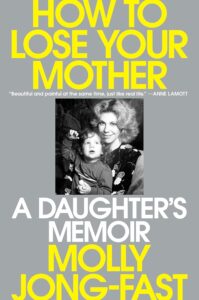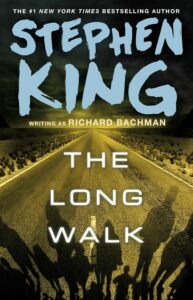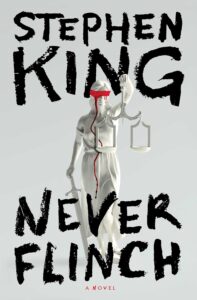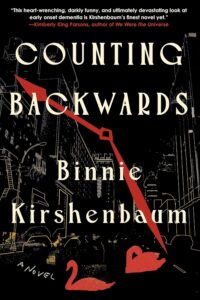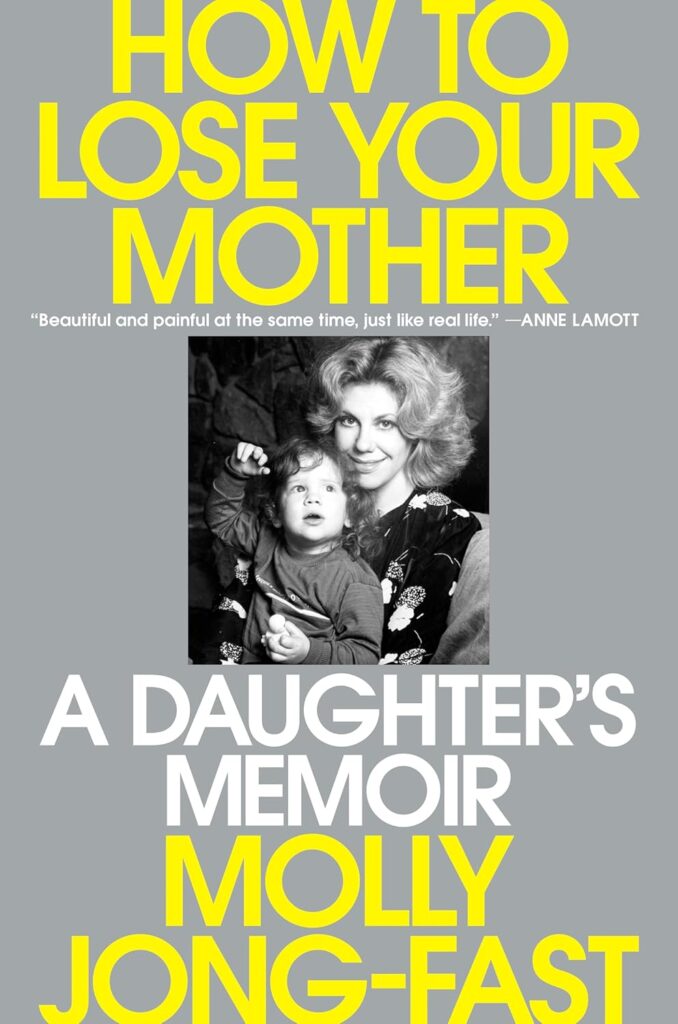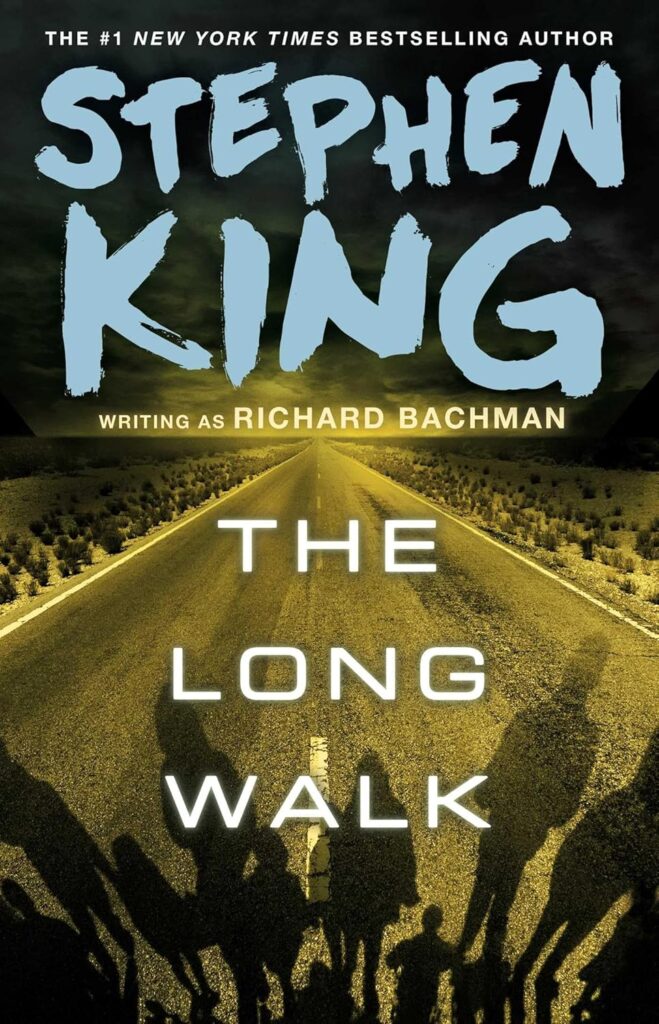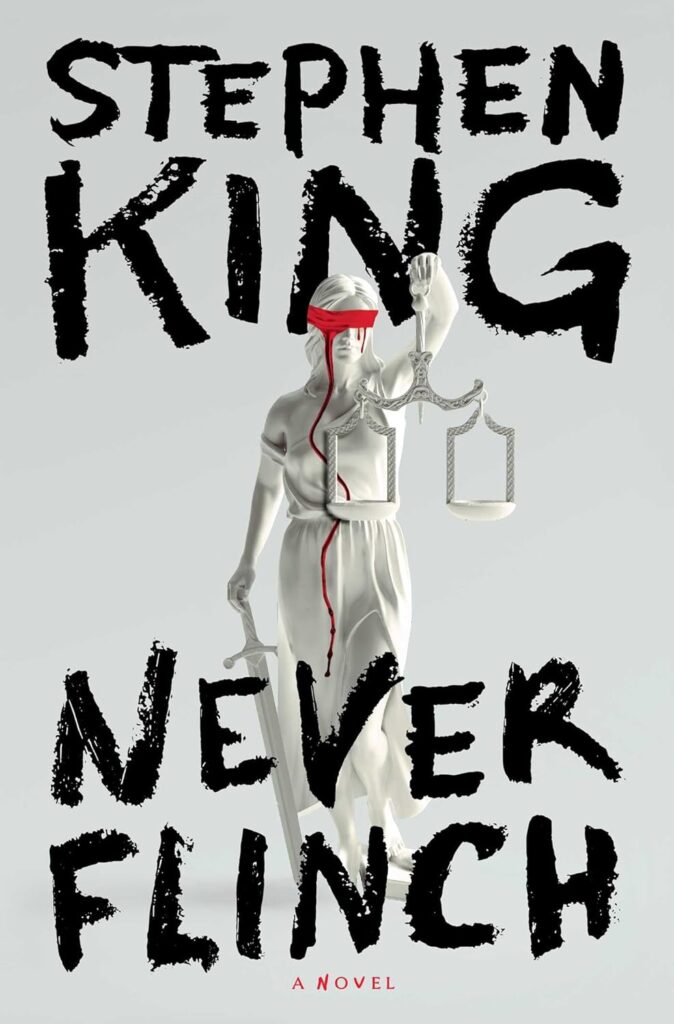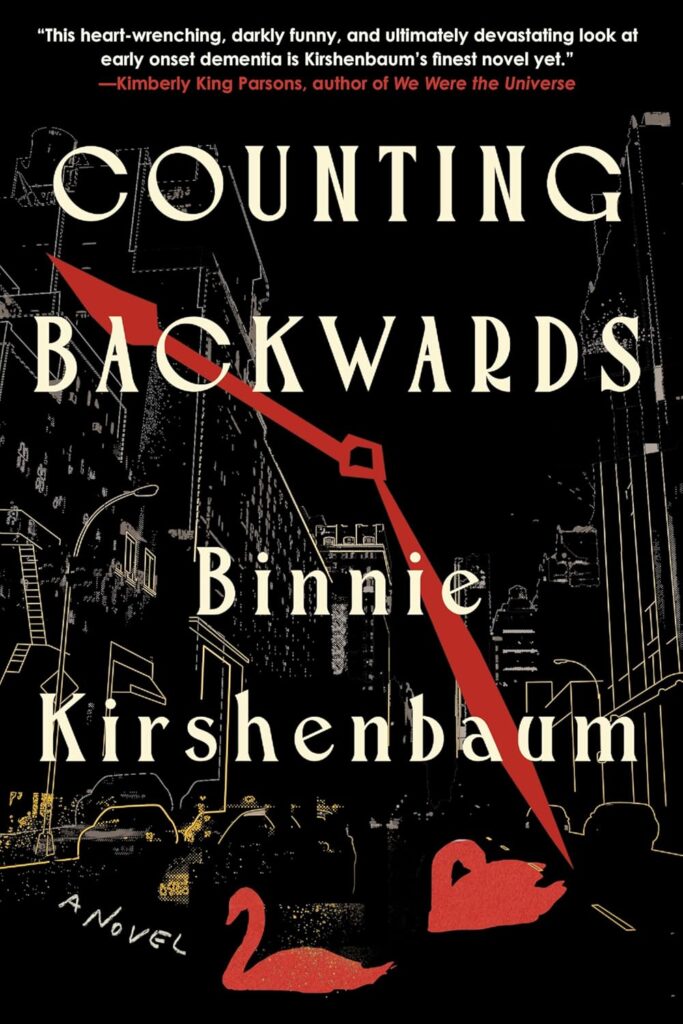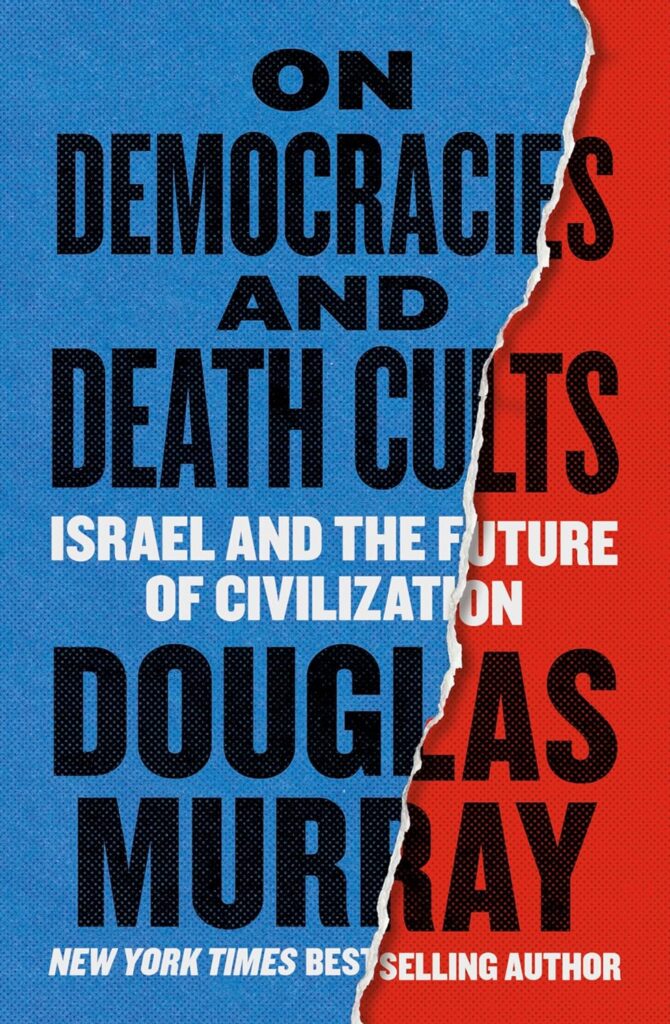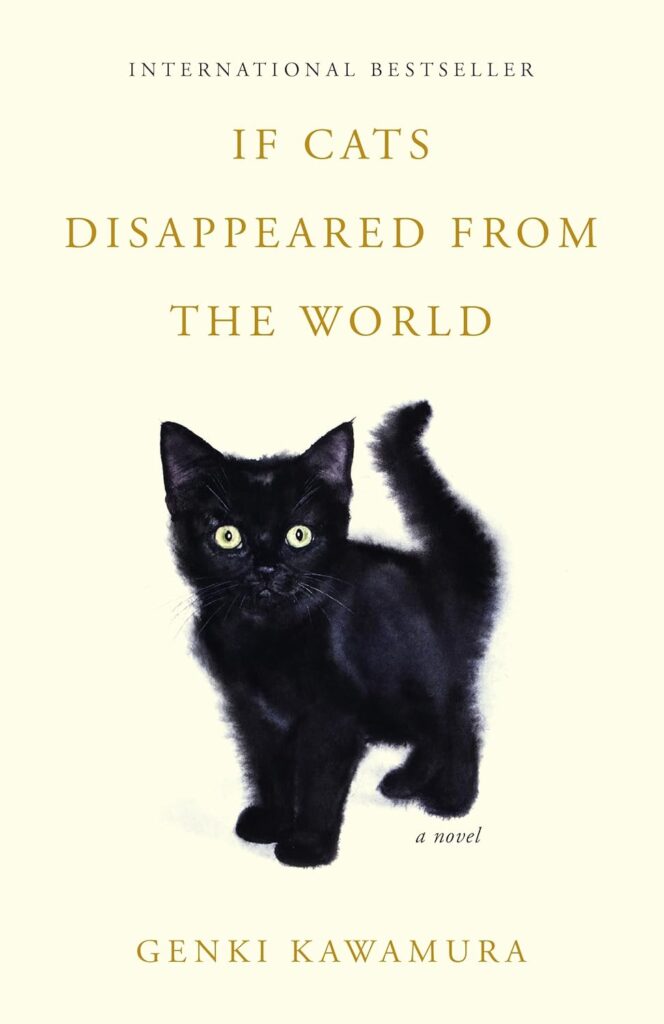I still remember the thrill of reading “1984” by George Orwell for the first time, feeling the weight of its dystopian world and the significance of its themes. This experience is not unique; many readers have been captivated by classic fiction that continues to resonate today.
Goodreads lists, a reflection of reader preferences, highlight novels like “To Kill a Mockingbird” by Harper Lee and “The Great Gatsby” by F. Scott Fitzgerald as highly shelved and rated. These works represent a fraction of the diverse and rich world of fiction that has captivated readers worldwide.
Key Takeaways
- Classic novels continue to be widely read and appreciated.
- Diverse genres and categories enrich the world of fiction.
- Reader preferences, as seen on platforms like Goodreads, highlight highly regarded fiction.
- Exploring different fiction genres can enhance reading experiences.
- Fiction books offer insights into various social issues and cultural contexts.
The Current Landscape of Fiction Reading
As I dive into the world of fiction, I notice a diverse range of genres captivating readers everywhere. The current landscape is characterized by a mix of classic literature and contemporary works, with lists like Fictionary’s showcasing titles such as “Pride and Prejudice” alongside modern hits like “The Hunger Games.”
This blend indicates a broad reader interest across different genres and eras. The inclusion of both timeless classics and modern bestsellers in lists of top fiction novels and must-read fiction books highlights the evolving nature of reader preferences.
Readers are drawn to various categories, from literary fiction to mystery and science fiction, reflecting a diverse literary landscape. This diversity is a testament to the dynamic and inclusive nature of contemporary fiction reading.
Our Methodology for Comparing Popular Fiction Books
To curate a list of the best contemporary fiction novels, we employed a rigorous methodology that combines expert insights with reader feedback. Our approach involved aggregating recommendations from literary experts featured on platforms like Five Books, which interviews experts for their top fiction works recommendations.
We also drew upon data from Goodreads, a popular platform for reader reviews and ratings, to ensure that our comparison was well-rounded and reflective of both critical and popular acclaim. By combining these sources, we aimed to capture a diverse range of perspectives on bestselling fiction books.
The use of expert opinions provided depth and context to our analysis, while reader ratings helped to identify contemporary fiction novels that have resonated with a wide audience. This dual approach allowed us to evaluate both the artistic merit and the popularity of the fiction works under consideration.
Our methodology is designed to be transparent and comprehensive, ensuring that our comparison of popular fiction books is both informative and engaging for readers looking to discover new titles.
Contemporary Literary Fiction: Depth and Artistic Merit
Contemporary literary fiction stands out for its ability to weave intricate narratives that explore the complexities of human experience. Works like “The Kite Runner” by Khaled Hosseini and “The Book Thief” by Markus Zusak are exemplary in their narrative depth and thematic resonance, captivating readers with their powerful storytelling.
Narrative Techniques
One of the defining features of contemporary literary fiction is its innovative use of narrative techniques. Authors often employ non-linear storytelling, multiple narrative voices, and lyrical prose to create a rich and immersive reading experience. For instance, narrative techniques such as magical realism and stream-of-consciousness narration add layers of complexity to the story, engaging readers on a deeper level.
Thematic complexity is another hallmark of contemporary literary fiction. These works often explore profound themes such as identity, morality, and the human condition, prompting readers to reflect on their own beliefs and values. By delving into the intricacies of human experience, contemporary literary fiction fosters empathy and understanding, making it a valuable and impactful genre.
Pros and Cons for Different Readers
While contemporary literary fiction offers many rewards, it also presents challenges for some readers. The complexity of the narratives and themes can be daunting, requiring a significant investment of time and attention. However, for readers who enjoy a literary challenge, the rewards are substantial, offering insights into the human condition and the world around them. Ultimately, the genre’s ability to provoke thought and spark meaningful discussions makes it a valuable addition to any reader’s library.
Mystery and Crime Fiction: Page-Turning Suspense
Mystery and crime fiction have long been a staple of bestselling fiction books, captivating readers with intricate plots and unexpected twists. These genres have a unique ability to keep readers engaged, guessing, and invested in the story.
A well-crafted plot is essential in mystery and crime fiction. Authors like Stieg Larsson, known for “The Girl with the Dragon Tattoo,” skillfully weave complex narratives that surprise and intrigue readers. The use of plot twists keeps the story fresh and engaging.
Character Development
Well-developed characters are crucial in these genres. Renowned fiction authors understand the importance of creating characters that readers can empathize with or root against. Character development adds depth to the story, making it more compelling.
Procedural Elements
Procedural elements, such as forensic details and investigative procedures, add authenticity to mystery and crime fiction. These elements help in building a believable narrative that draws readers in.
Series Longevity and Consistency
Many mystery and crime fiction stories are part of a series. Maintaining consistency across series while keeping the narrative fresh is a challenge that renowned fiction authors tackle with skill. Series longevity is a testament to an author’s ability to sustain a compelling narrative over multiple books.
In conclusion, mystery and crime fiction continue to captivate audiences with their unique blend of suspense, intricate plots, and well-developed characters. As bestselling fiction books, they offer readers a thrilling experience that keeps them coming back for more.
Science Fiction: Imagining Tomorrow’s Worlds
Imagining tomorrow’s worlds, science fiction serves as a lens through which we can examine today’s societal issues. This genre has a unique ability to balance futuristic concepts with commentary on current human conditions, making it a powerful tool for social reflection.
Scientific Accuracy vs. Creative Liberty
One of the key challenges in science fiction is balancing scientific accuracy with creative liberty. Authors like George Orwell in “1984” and Frank Herbert in “Dune” have successfully navigated this balance, creating immersive worlds that are both plausible and thought-provoking. As Orwell once said,
“If liberty means anything at all, it means the right to tell people what they do not want to hear.”
This quote encapsulates the essence of science fiction: to challenge our perceptions and push the boundaries of what we consider possible.
World-Building Elements
Effective world-building is crucial in science fiction, requiring a deep understanding of both technological and sociological elements. By crafting detailed and believable worlds, authors can engage readers on multiple levels, inviting them to explore not just the narrative but the very fabric of the imagined society.
Science fiction is particularly adept at providing social commentary, using the future or alternate realities to reflect on current issues. This can range from exploring the implications of technological advancements to critiquing contemporary social norms.
Immersive Future Scenarios
The ability to create immersive future scenarios is what draws many readers to science fiction. By envisioning potential futures, these stories not only entertain but also inspire and caution, prompting readers to consider the paths humanity might take.
In conclusion, science fiction stands out as a genre that not only predicts the future but also reflects on our present, making it a valuable part of our literary landscape. As we continue to navigate the complexities of our modern world, the insights provided by science fiction will remain invaluable.
Fantasy Fiction: Magical Realms and Epic Adventures
In the realm of fantasy fiction, the boundaries of reality are stretched, and the imagination knows no limits. This genre has captivated readers for centuries, offering a unique escape into worlds of magic, mythical creatures, and epic quests.
Magic Systems and Rules
A well-crafted magic system is crucial in fantasy fiction, providing a framework for the narrative’s magical elements. Authors like J.R.R. Tolkien have set high standards with intricate systems that govern the use of magic in their worlds. As Tolkien once said, “The world is indeed full of peril, and in it there are many dark places.”
“The world is indeed full of peril, and in it there are many dark places.”
This attention to detail enriches the narrative, making the fantastical elements feel more real and immersive.
Character Arcs and Development
Character development is another vital aspect of fantasy fiction. Characters like Frodo Baggins from “The Lord of the Rings” undergo significant transformations as they navigate the challenges of their journeys. Their arcs are often intertwined with the fate of the world around them, making their personal growth crucial to the story’s progression.
Modern fantasy often blends contemporary settings with supernatural elements, as seen in works like “The Night Circus” by Erin Morgenstern. This blend of the mundane and the magical creates a captivating narrative that draws readers in.
Genre-Blending Approaches
Many modern fantasy works embrace genre-blending, combining elements of science fiction, horror, or romance to create unique narratives. This approach allows authors to explore new themes and ideas, further enriching the fantasy genre.
The art of crafting compelling fantasy fiction lies in the balance between imaginative world-building, complex characters, and engaging narratives. By blending these elements, authors can create immersive stories that transport readers to magical realms and epic adventures.
Historical Fiction: Bringing the Past to Life
Historical fiction has a unique ability to transport readers to another time, making the past feel alive and relevant. Through meticulous research and vivid storytelling, authors of historical fiction bring historical events to life, offering readers a glimpse into the past.
One of the key aspects of historical fiction is its commitment to historical accuracy. Authors like Margaret Mitchell, in “Gone With the Wind,” and Markus Zusak, in “The Book Thief,” are noted for their meticulous research, ensuring that the historical contexts of their stories are accurate and immersive.
Narrative Engagement
Beyond historical accuracy, the best historical fiction novels engage readers with compelling narratives. These stories often focus on personal experiences within the broader historical context, making the past relatable and emotionally resonant.
War and Social Change Depictions
Historical fiction frequently explores themes of war and social change, providing insights into how historical events shaped individual lives and societies. Works like “The Book Thief” offer powerful portrayals of life during World War II, highlighting the human cost of conflict.
Personal Stories vs. Historical Events
A key challenge for historical fiction authors is balancing personal stories with historical events. Successful novels integrate individual experiences with the broader historical narrative, creating a rich and nuanced portrayal of the past.
By combining historical accuracy with narrative engagement, historical fiction authors create immersive experiences that not only educate but also captivate readers.
Romance Novels: Emotional Journeys and Relationships
Romance novels are more than just love stories; they are nuanced explorations of the human condition, replete with emotional depth and complexity. As a genre, they captivate readers by delving into the intricacies of love, relationships, and personal growth.
Relationship Dynamics
A key element of romance novels is their portrayal of relationship dynamics, showcasing the complexities of love and interactions between characters. Authentic dialogue and character interactions are crucial in creating a believable narrative that resonates with readers.
Emotional Depth and Authenticity
Romance novels like “Pride and Prejudice” by Jane Austen are celebrated for their emotional depth and authenticity. Austen’s work is a classic example of a romance novel that masterfully explores the emotional journeys of its characters, making it a timeless favorite among readers.
The setting of a romance novel can greatly enhance its narrative, with period settings adding a layer of historical context and authenticity. Authors often meticulously research the era to create an immersive experience for the reader.
Character Chemistry and Development
The chemistry between characters is vital in romance novels, driving the plot forward and engaging the reader. Well-developed characters with complex personalities and backstories enrich the narrative, making the romance more believable and satisfying.
- Emotional resonance through character development
- Authentic period settings
- Compelling character chemistry
In conclusion, romance novels offer readers a rich emotional journey, exploring the depths of love and relationships. Through their nuanced portrayal of relationship dynamics, emotional depth, and character development, these novels continue to captivate audiences worldwide.
Young Adult Fiction: Stories That Shape Generations
The young adult fiction genre is known for its ability to tackle tough subjects, providing a mirror to the experiences of teenagers worldwide. This genre has not only captured the hearts of readers but has also played a significant role in shaping the literary landscape.
Coming-of-Age Themes
At its core, young adult fiction often explores coming-of-age themes, delving into the challenges and confusions of growing up. Works like “The Catcher in the Rye” by J.D. Salinger have become classics, resonating with generations of readers. These stories offer a reflection of the adolescent experience, capturing the angst, confusion, and ultimate growth that define this period.
Social Issues Representation
Young adult fiction is also notable for its representation of social issues, tackling topics such as identity, inequality, and social justice. For instance, “The Hunger Games” by Suzanne Collins addresses the consequences of a dystopian society, serving as a commentary on our world’s current issues. Such narratives not only entertain but also educate, fostering empathy and understanding among readers.
The art of world-building is another crucial aspect of young adult fiction, with authors creating immersive environments that captivate teen readers. Whether it’s the dystopian future of “The Hunger Games” or the magical realms found in many fantasy novels, these worlds provide a backdrop for exploring complex themes and ideas.
Messaging and Moral Complexity
Finally, young adult fiction is characterized by its messaging and moral complexity, often presenting readers with nuanced ethical dilemmas. These stories encourage readers to think critically about the world around them, promoting a deeper understanding of the human experience.
In conclusion, young adult fiction is a vibrant and impactful genre, offering stories that resonate with readers on multiple levels. Through its exploration of coming-of-age themes, social issues, and moral complexities, it continues to shape the literary landscape and inspire new generations of readers.
Horror and Supernatural Fiction: The Art of Fear
The art of fear is masterfully woven into horror and supernatural fiction, drawing readers into dark, thrilling narratives. As a reader, I’ve always been fascinated by the way these genres can evoke a visceral response, tapping into our deepest fears and anxieties.
Fear Techniques and Atmosphere
Authors of horror and supernatural fiction employ various techniques to craft an atmosphere of fear. For instance, Stephen King’s “The Shining” uses atmospheric tension and psychological fear to impact readers profoundly. The slow build-up of eerie events and the isolation of characters create a sense of dread that keeps readers on edge.
The best horror and supernatural fiction leaves a lasting impact on readers, lingering long after the book is finished. These stories often explore complex themes and emotions, providing a cathartic experience.
Creature Features and Hauntings
Creatures and hauntings are staples of horror and supernatural fiction, serving as manifestations of our deepest fears. From ghosts to monsters, these elements add to the suspense and terror, making the narrative more engaging.
Mythology and Folklore Influences
Many horror and supernatural stories draw on mythology and folklore, incorporating elements that tap into cultural fears and superstitions. This not only adds depth to the narrative but also connects the story to a broader cultural context.
By understanding the techniques used in horror and supernatural fiction, readers can appreciate the artistry behind these compelling narratives.
What Makes Popular Fiction Books Stand Out from the Rest
What makes fiction books popular is their capacity to engage readers with relatable themes and characters. As I reflect on the bestsellers in the fiction genre, it becomes clear that certain elements contribute to their widespread appeal.
One of the primary factors is the presence of engaging narratives. Authors who can craft compelling stories that capture the reader’s imagination are more likely to produce a bestselling fiction book. These narratives often involve complex characters, unexpected twists, and a coherent storyline that keeps readers invested.
Another crucial element is the development of memorable characters. Characters that are well-rounded and relatable can evoke strong emotions in readers, making the story more impactful. The ability to create characters that readers can empathize with or root for is a hallmark of successful fiction writing.
Thematic resonance is also vital. Popular fiction books often explore themes that are relevant to a wide audience, such as love, loss, or self-discovery. These themes resonate with readers on a personal level, making the story more memorable and impactful.
“The best stories are those that resonate with us on a deep level, often because they reflect our own experiences or hopes.”
In conclusion, the success of popular fiction books can be attributed to a combination of engaging narratives, memorable characters, and thematic resonance. These elements work together to create a compelling story that captivates a wide audience.
Diverse Voices Reshaping Fiction Landscapes
The fiction landscape is undergoing a significant transformation, driven by diverse voices that bring new perspectives to the literary world. Authors from various backgrounds are enriching the literary canon with their unique experiences and viewpoints.
Cultural Authenticity and Representation
Cultural authenticity is crucial in fiction, as it allows readers to connect with stories that reflect their own experiences or introduce them to new cultures. Authors like Khaled Hosseini and Toni Morrison have made significant contributions by bringing diverse perspectives to their works, thereby enriching the fiction landscape.
New Perspectives in Traditional Genres
Diverse voices are not only creating new genres but also revitalizing traditional ones. By infusing classic genres with fresh perspectives, these authors are making literature more inclusive and representative.
While cultural context is essential in fiction, it’s equally important to explore universal themes that resonate with readers across different backgrounds. This balance between cultural specificity and universal appeal is a hallmark of impactful fiction.
Translation Quality Considerations
The quality of translation plays a vital role in ensuring that diverse voices are heard globally. High-quality translations can make a significant difference in how a work is received by an international audience.
In conclusion, diverse voices are reshaping the fiction landscape by bringing cultural authenticity, new perspectives, and universal themes to the forefront. As the literary world continues to evolve, it’s essential to recognize the importance of these voices in creating a richer, more inclusive literary canon.
- Cultural authenticity enhances the reader’s experience.
- Diverse perspectives enrich the literary landscape.
- Translation quality is crucial for global reach.
From Page to Screen: Book Adaptations
As a fan of both literature and cinema, I’ve always been fascinated by how book adaptations can breathe new life into beloved stories. The process involves more than just translating text into visuals; it’s about capturing the essence of the story and presenting it in a new light.
Adaptation Faithfulness
One of the key challenges in adapting books into visual media is remaining faithful to the original narrative. This requires a delicate balance between staying true to the source material and making necessary adjustments for the screen.
Visual Interpretation of Text
Visual media offers a unique opportunity to interpret the text in ways that enhance the storytelling. For instance, adaptations like “The Hunger Games” film series demonstrate how visual interpretations can expand a book’s audience and enhance its storytelling.
Book adaptations can also extend the storytelling by exploring subplots or characters in more depth. This can enrich the overall narrative and provide fans with a fresh perspective on the story.
Audience Expansion Through Visual Media
The adaptation of books into visual media can significantly expand their audience. By bringing the story to life on screen, adaptations can attract viewers who may not have read the book, thus broadening the story’s reach.
- Key benefits of book adaptations include increased audience engagement and a broader reach.
- Adaptations can also enhance the original story by offering new insights and interpretations.
Reading Formats: Digital vs. Physical Experience
As a reader, I’ve often found myself torn between the convenience of digital books and the tactile experience of physical ones. The debate between digital and physical reading formats continues, with each offering unique benefits.
Digital reading formats offer convenience and accessibility features such as adjustable font sizes, built-in lights, and the ability to carry multiple books on a single device. This makes them ideal for travelers or those with visual impairments.
Impact on Retention and Immersion
Research suggests that physical reading formats can improve retention and immersion. The tactile experience of turning pages and the sensory experience of paper can enhance the reading experience.
Collector Editions and Design Elements
Physical books also offer collector editions and design elements that can make a book a treasured possession. From beautifully designed covers to illustrated pages, physical books can be a joy to behold.
Sensory Reading Experience
The sensory experience of reading physical books is hard to replicate with digital formats. The feel of paper, the sound of pages turning, and the smell of ink all contribute to a richer reading experience.
- Digital formats offer convenience and accessibility.
- Physical formats provide a tactile experience and collector’s value.
- Both formats have their unique advantages.
Where to Discover and Purchase These Fiction Gems
As an avid reader, I’m always on the lookout for the best places to discover and purchase new fiction books. With the rise of online retailers, bookstores, and libraries, accessing fiction works has never been easier.
Pricing and Availability
When it comes to purchasing fiction, pricing and availability are key factors. Online retailers like Amazon often offer competitive pricing and quick delivery. In contrast, local bookstores provide a personal touch and the opportunity to support local businesses.
For collectors, exclusive editions can be a thrilling find. Many publishers release special editions of popular fiction books, often with unique cover art or additional content. Keeping an eye on publisher websites and online retailers can help you snag these special releases.
Community Benefits and Special Orders
Libraries and book clubs offer more than just access to fiction books; they provide a community. Borrowing books can be a cost-effective way to enjoy new releases, and many libraries now offer e-book lending services.
Borrowing vs. Buying Considerations
Whether to borrow or buy fiction books depends on personal preference. While buying allows you to keep the book, borrowing is budget-friendly and reduces clutter. Consider your reading habits when deciding.
Finding Your Perfect Next Read: Personalized Recommendations
As we navigate the vast world of fiction, finding the perfect next read can be a daunting task. I rely on platforms like Goodreads to discover new titles that match my reading preferences. Goodreads uses algorithms and user reviews to suggest personalized reading lists, making it easier to find my next great read.
By leveraging these personalized recommendations, I can explore different genres and authors, from contemporary literary fiction to science fiction and fantasy. This not only enhances my reading experience but also introduces me to diverse voices and perspectives, enriching my understanding of the world.
To find your perfect next read, I recommend exploring platforms that offer tailored book suggestions. Whether you’re a fan of mystery, romance, or historical fiction, these resources can help you discover new titles and authors that resonate with you. By embracing personalized recommendations, you can take your reading journey to the next level and uncover new favorite books.


